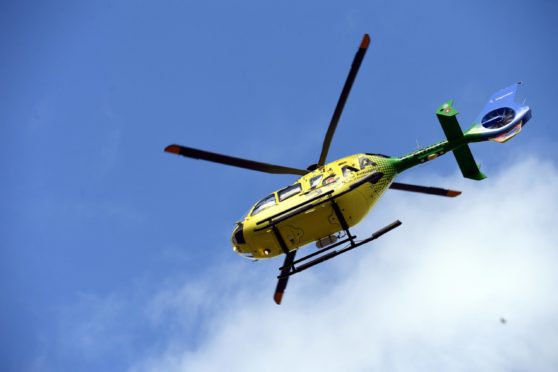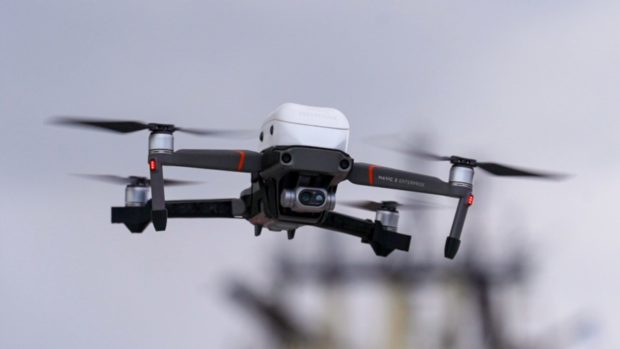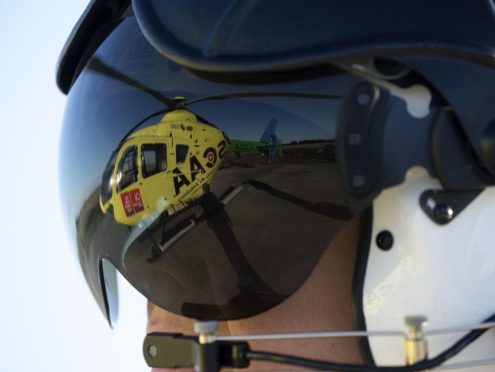Scots have been warned about the risk drones could pose to emergency helicopters after a near-miss over Fife involving Scotland’s Charity Air Ambulance.
A report has detailed how a drone came with 150m of the air ambulance helicopter as it flew from Edinburgh to its base in Perth, after dropping off a patient.
Paramedics onboard SCAA spotted the drone as it passed the aircraft on the right-hand side, only slightly below the aircraft as it flew over Kelty in Fife.
One drone operator said only a specialised drone would be capable of flying at 1000ft or above – the altitude to SCAA aircraft was traveling at above Kelty.
Drones pose ‘real danger’
Babcock, who operate helicopters on behalf of SCAA, as well as for emergency services and air ambulance charities across the UK, highlighted the dangers.
A spokesperson said: “Drones can pose a real danger to aircraft, especially helicopters like air ambulances.
“It is vital that drones are always operated safely and legally.
“Operators must ensure their drones are properly registered and must always follow the Drone Code.
“If you see someone operating a drone in an unsafe manner – particularly when there are aircraft around – please notify the police.”
The medics on board the air ambulance identified the drone as a quadrocopter-type craft.
An investigation by the UK Airpox board found safety had been compromised during the incident, which occurred on April 17.
A report by investigators said: “The pilot reports being on the return leg to base from a HEMS task after dropping the patient at hospital.
“Approaching the Kelty VRP at 1500ft QNH they were talking to Edinburgh Approach when the front seat paramedic gesticulated and pointed out of the pilot’s window.
“The pilot did not see the conflict but both front and rear paramedics confirmed it as a quadcopter-type drone which passed down the right-hand side of the aircraft at between 100m and 150m distance, and only slightly below their level (1500ft altitude – approximately 1000ft agl – at that point).
‘No time’ for avoiding action
“There was no time for avoiding action, the threat had passed before they would have had time to react.
“The encounter was reported to Edinburgh Approach before leaving the frequency.
“When [the EC145] was abeam Portmoak, the crew requested a frequency change to Perth.
“In reply, the crew reported a drone in the vicinity of Kelty at a height of 1000ft. The controller acknowledged the drone and [the EC135 pilot] left the frequency.
“The controller informed the next aircraft that was routing via Kelty of the drone report. On passing Kelty, [the pilot] reported no obvious sign of any drone-type aircraft.”
It added: “The board considered that the pilot’s overall account of the incident portrayed a situation where although safety had been reduced, there had been no risk of collision.”


